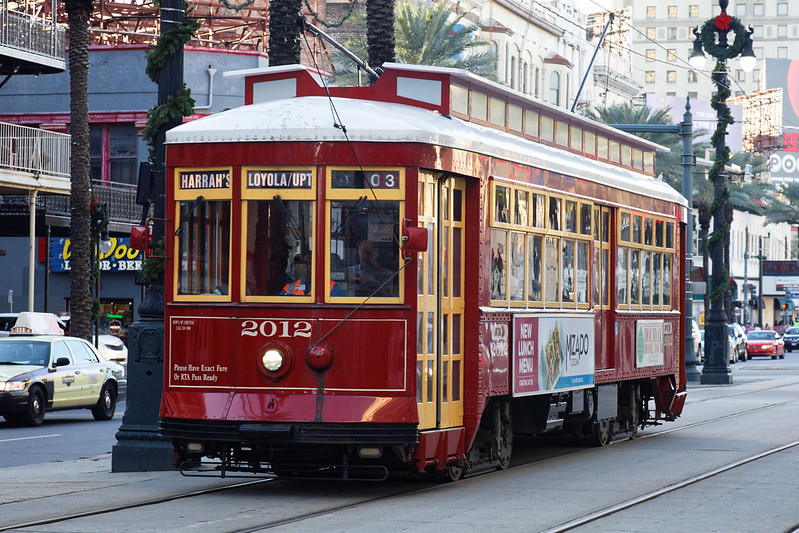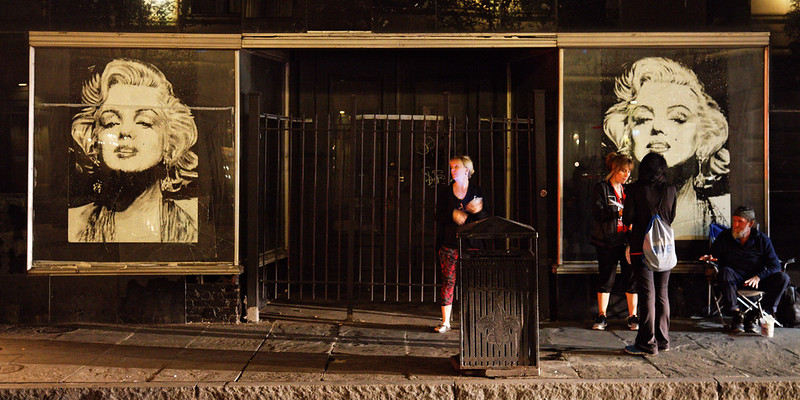Quote:
Originally Posted by Mik3ymomo

Part of composing a shot is getting in the right position. Folks learning with zooms get (are inherently) lazy and try not to move to get a shot. A prime lens teaches (forces) people to zoom with their feet and to walk around to and from a subject finding the right distance.
When you get people to start using their feet they get better at composition.
I found this to be true. When I started out and people were talking about composition and recommending the 50mm; they said that too often people will act like their feet are in concrete. It would come to mind when I would catch myself leaning back instead of taking a step back while composing a shot.
Unless I walk around a static subject changing levels, distance and angles; I never quite find the right perspective unless for completely dumb luck that I'm in the perfect spot to start.
Of course there are many times that a zoom is the only way to get a shot. I can back up but so far when physical objects like a brick wall or other fixed object makes that impossible.
Zooms give flexibility and I use several. If one can afford what we call the Holy Trinity of zoom lenses I highly recommend it.
14-24 F2.8
24-70 F2.8
70-200 F2.8
Most people I come across that are just starting out will object first to the prices of a pro lens, 2 then object to the size and weight of these pro zooms.
Let's not forget we are talking about how to teach someone composition and a prime lens gets people moving around and moving around is where it all starts for excellent composition.
A 50mm is light, compact, is in most anyone's budget that owns an SLR and the image quality being compared to the best glass available on the market is dollar for dollar the absolute best value around. You can read the reviews of the lens or look on DXO Labs website that shows the lens comparison tests of Canon and Nikon lenses rating them on resolving power, distortion, CA, Vignetting etc and see where those lenses fall in the top 20.
The 50 will be the least expensive lens in the lot. It's earned that lens the nickname of the "Nifty Fifty" for decades and it stays true even today. That focal length inherently lends itself to excellent image quality where less complex glass elements are necessary to create a low distortion flat image that's sharp corner to corner with excellent Bokeh.
|
Whew!!
Lazy?! Last week I walked for miles around New Orleans, with my 24-105 mounted on a full-frame body. I also carried the 70-200/f4 and the 15mm, but only used the 15mm once and that shot didn't really work out.
It's interesting to note that the shots were in three focal length groups, 1/3 were 42mm to 60mm, about 1/3 were 24mm to 35mm and the other 1./3 were in the 70-105mm range. I could have carried three primes and walked a little more, but the perspectives would not have worked with a 50mm alone.
105mm
 Trolley 2012
Trolley 2012 by
David Stephens, on Flickr
28mm
 Paying the band
Paying the band by
David Stephens, on Flickr
45mm
 MM
MM by
David Stephens, on Flickr
To me, each has a character of its own and walking closer or further away would not have improved it. Changing focal length is part of the character of the images.
Dave